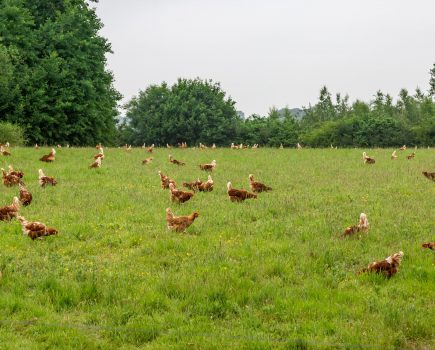AUG 20, 2013: A major project by British poultry breeders to help their Australian counterparts restock with pure breeds has gone spectacularly wrong.
The project had taken 10 years to set up and involved 80 British breeders who provided eggs. The £500,000 cost was being borne by an Australian syndicate. Eventually 4,000 young birds were being reared in Australia – but during a Government inspection one was found to be dead. As a result, all were destroyed. Claire Hart, who helped publicise the project in the UK, said she was furious at the decision and called it “ridiculous”. “Despite 10 years in the planning and spending £500k, having exported eggs and hatched them over there this spring, because one single chick died, the Government destroyed all 4,000 12-week-old pullets. “Sometimes you wonder if it is worth trying to help some countries. This was a total overreaction. What a waste of time and money.” The project had been set up to combat high levels of poultry inbreeding in Australian poultry. No new bloodlines have entered the country for 60 years, following an import ban in 1952. As a result, pure breeds are suffering from high rates of inbreeding and the loss of many breed specific traits. More than 60 breeds, including Bresse Gauloise, French Marans, Dutch Bantams, Welsummers and Appenzellers, were involved in the project. The eggs were hatched to create an isolated parent flock, which later provided the eggs for Australia. The problem arose when the young birds were being reared at a quarantine station near Adelaide. British specialist poultry vet David Spackman, who set up the project, said the problem was Salmonella pullorum, a chicken-specific condition that is present in some non-commercial Australian flocks anyway. He said it could have been dealt with and the rest of the pullets released quite safely. He said the Australian authorities started to tackle it – but then inexplicably stopped and culled all the birds. “Yes, this was an overreaction,” he said. “I am extremely disappointed.” A spokesperson for the Department of Agriculture, Fisheries and Forestry in Australia said: “A proposal by the importer to eradicate this pathogen within the quarantine facility was considered by the Department but ultimately rejected as being unfeasible and the consignment was subsequently destroyed. “If this disease became established in Australia it could significantly damage our poultry industry, worth more than $2.5 billion to our economy.”







